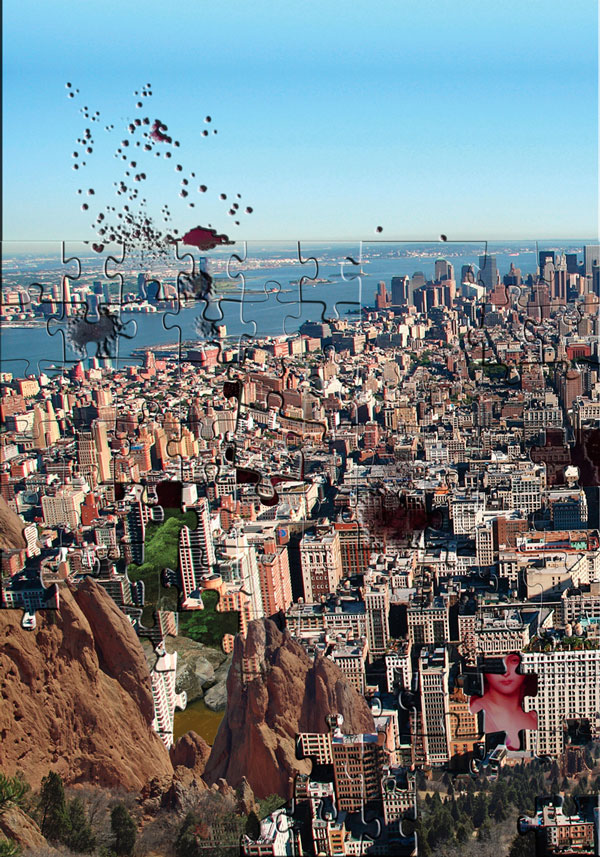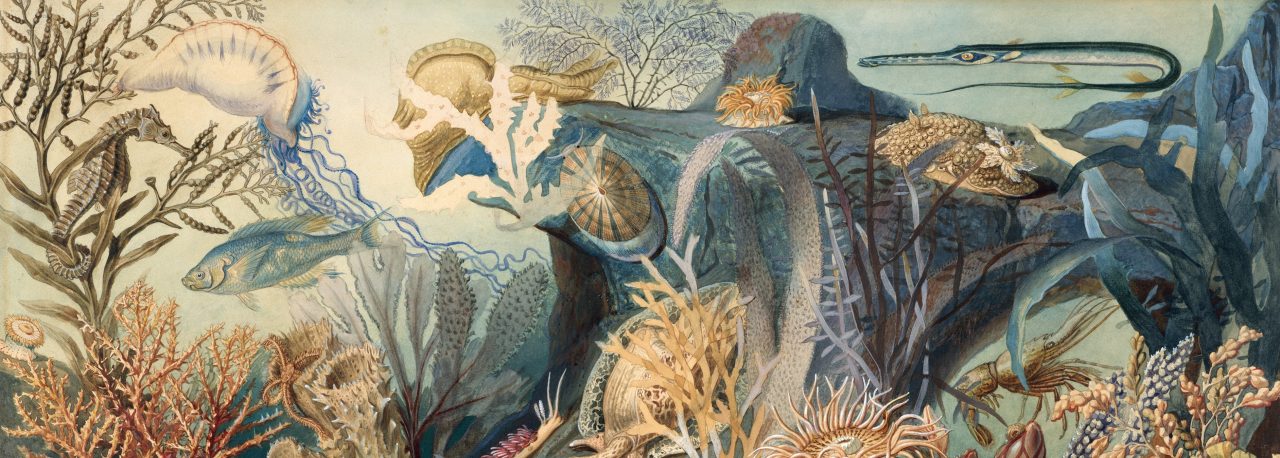
A friend of mine sent me a link to this picture of Manhattan half urban/half made over into its natural state.
It came from a New York Times article here.
The article references the Mannahata Project, which is also the source of the photo. According to the website: “The aim of the Mannahatta Project is to reconstruct the ecology of Manhattan when Henry Hudson first sailed by in 1609 and compare it to what we know of the island today.”
There’s a book coming out in May called Mannahatta: A Natural History of New York City and an exhibit at the Museum of the City of New York. The Mannahatta website talks about some neat stuff, like an interactive map that allows you to overlay the contemporary street grid on the 1609 landscape.
I stumbled on the Mannahatta site at some point during my research for The Painting and the City, but at the time, the site didn’t have much on it and I forgot about it.
In my novel, there are many references to Manhattan Island’s past topography, streams, hills, the Collect Pond. The sculptor-main character becomes fixated on the idea of Manhattan Green and creates a diorama combining an urban downtown that ends at the Dutch wall that is now Wall Street and a green and natural landscape above the wall. I also have a situation in which art can be used to affect what it depicts, if the necessary complex magical elements are used. So for the cover art, I was interested in showing the city being broken, with a landscape emerging in places.
The preliminary front cover is up on the PS website, and this is what the artist came up with for the back panel, showing the city as a puzzle, with pieces scattered or missing, parts of the Void showing, plus rocks, trees, water, etc.


Who did the cover? That’s really cool.
A photographer/collage artist named Buddy Drake.
The cover looks great. Can’t wait for the book.
Thanks Charles! I’ll get a copy to you.
The cover does look intriguing. I also like the photo at the top of your page which doesn’t look like a collage but may be. What/where are those buildings located?
Hey Rick! That’s a cropped image of Colonnade Row, on Lafayette, across from the Public Theater, from a picture I took.
I assume at some point, someone added more structures onto its roof, which looks pretty odd.
Here’s a link to a better photo of it, from Wikimedia Commons (where you can get lost for days looking at things):
I wondered why it looked so hauntingly familiar. Over the last forty-five years I must have looked up at that thing a thousand times. While Colonnade Row is an old structure it was not a particularly valued one. Nor a terribly well kept up one.
You probably don’t remember because it’s been so long since you read a draft of The Painting and the City, but some of the first 19th century journal section takes place in it. While reading some NY history I came across a reference to it and its exclusiveness as a residential address, and I realized I’d also looked up at it a few times (maybe not as many times as you!).
I do remember that from your novel. I’ve been in apartments in the Colonnades. The first time was the early ’70’s (not that long after the old, disused library across the street had been turned over to Joe Papp and the Public Theater). It was an opening night party for a revival of RAIN (I think) at the Public. And I remember being surprised by how damp and gloomy and badly kept up the whole place was. When I was there again twenty or twenty-five years later it seemed much better. Either it had improved or I’d gotten more used to urban decay.
I think your memory should be registered as a national treasure!
I read an article online about someone who had renovated their unit but I’ve never been into any. The odd structures on top are what struck me when I first noticed it. Like any other building, there are probably beautifully refashioned apartments, costing whatever they cost these days, with a decaying rent-controlled unit next door.
Thanks Robert! I’m already on the review list of PS Publishing so I’ll most likely be getting a copy from them.
Pingback: Manahatta Project « Laconic Writer